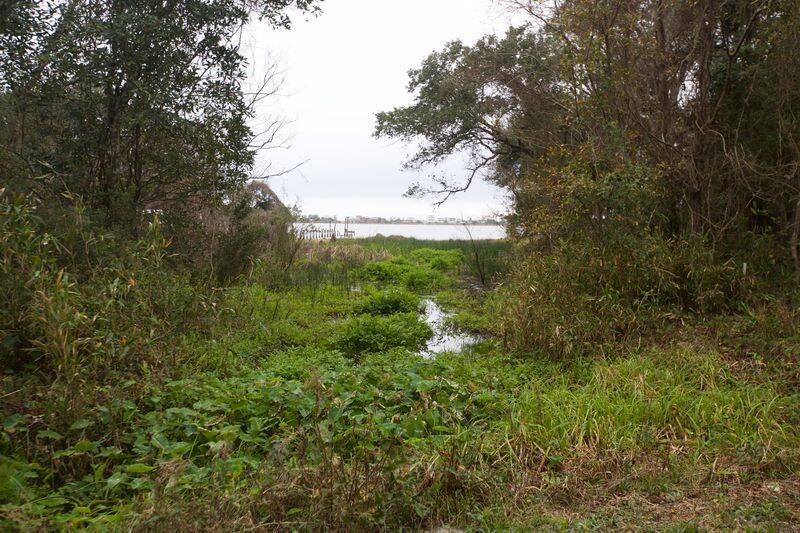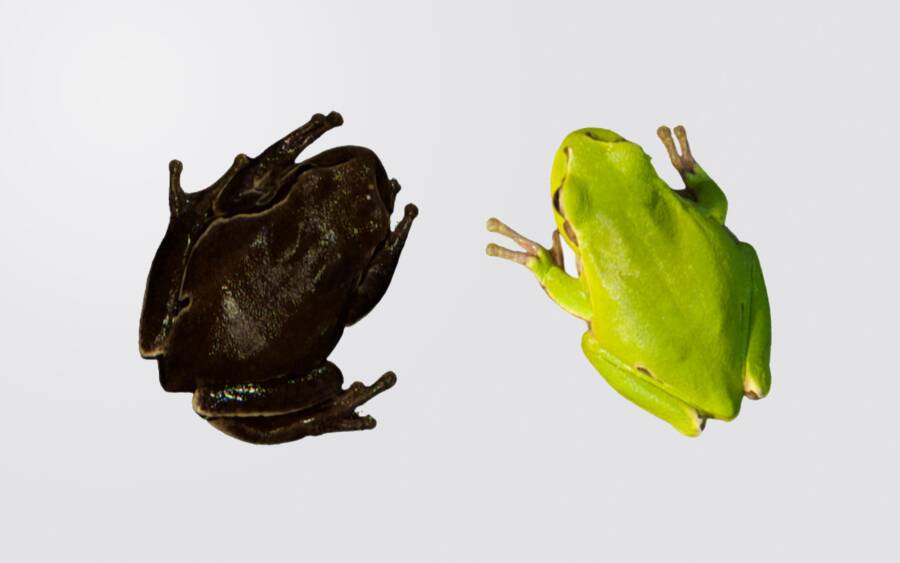Ancient Medusa medal unearthed in Turkey, 1,400-year-old Native American canal found in Alabama, Chernobyl disaster's lingering effects revealed in Ukraine.
1,800-Year-Old Bronze Medal Bearing The Face Of Medusa Uncovered In Southeastern Turkey

Andalou AgencyExperts believe that this medal was awarded to a soldier who then used it to adorn his shield, where the image of Medusa would have served as a protective charm in battle.
One of the five major cities of the ancient Greco-Iranian kingdom of Commagene in present-day Turkey, Perre was an important way station for travelers and soldiers. During the course of decades-long excavations there, archaeologists have uncovered everything from 13 sculptures to 200 tombs to a still-functional fountain.
And in one of the most exciting discoveries ever made at Perre, archaeologists have now uncovered an 1,800-year-old medal featuring the face of the ancient Greek monster Medusa. This small bronze medal was believed to have adorned a soldier’s shield and served as a protective charm in battle.
See more from this stunning discovery here.
Archaeologists Have Uncovered A 1,400-Year-Old Native American Canal In Alabama

University of South AlabamaA boggy area around the ancient canal nearly disguised it completely.
Near Mobile Bay in Alabama, a local resident came across a strange structure and urged archaeologists to investigate — and it turned out to be a 1,400-year-old canal used by Native Americans.
According to 1819 News, locals had been referring to the canal as the “Indian Ditch” as far back as the 1820s, but beyond that, it went largely ignored and forgotten about.
Dig deeper in this report.
Tree Frogs Near Chernobyl Have Adapted To The Radiation By Changing Colors, New Study Finds

Germán Orizaola/Pablo Burraco, CC BYNew color adaptations found in Eastern tree frogs in Chernobyl (left) contrasted with typical tree frog coloration (right).
In 1986, disaster struck reactor four of the Chernobyl Nuclear Power Plant, releasing an unprecedented amount of radioactive material that wreaked havoc on both the environment and the surrounding human population.
Now, a study may have found evidence of a unique adaptation to that radiation among the area’s tree frogs. The study began in 2016, when researchers noticed tree frogs in the region had developed an unusual black tint — a sharp contrast to their typical bright green.
Read on here.





